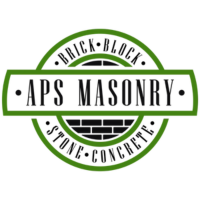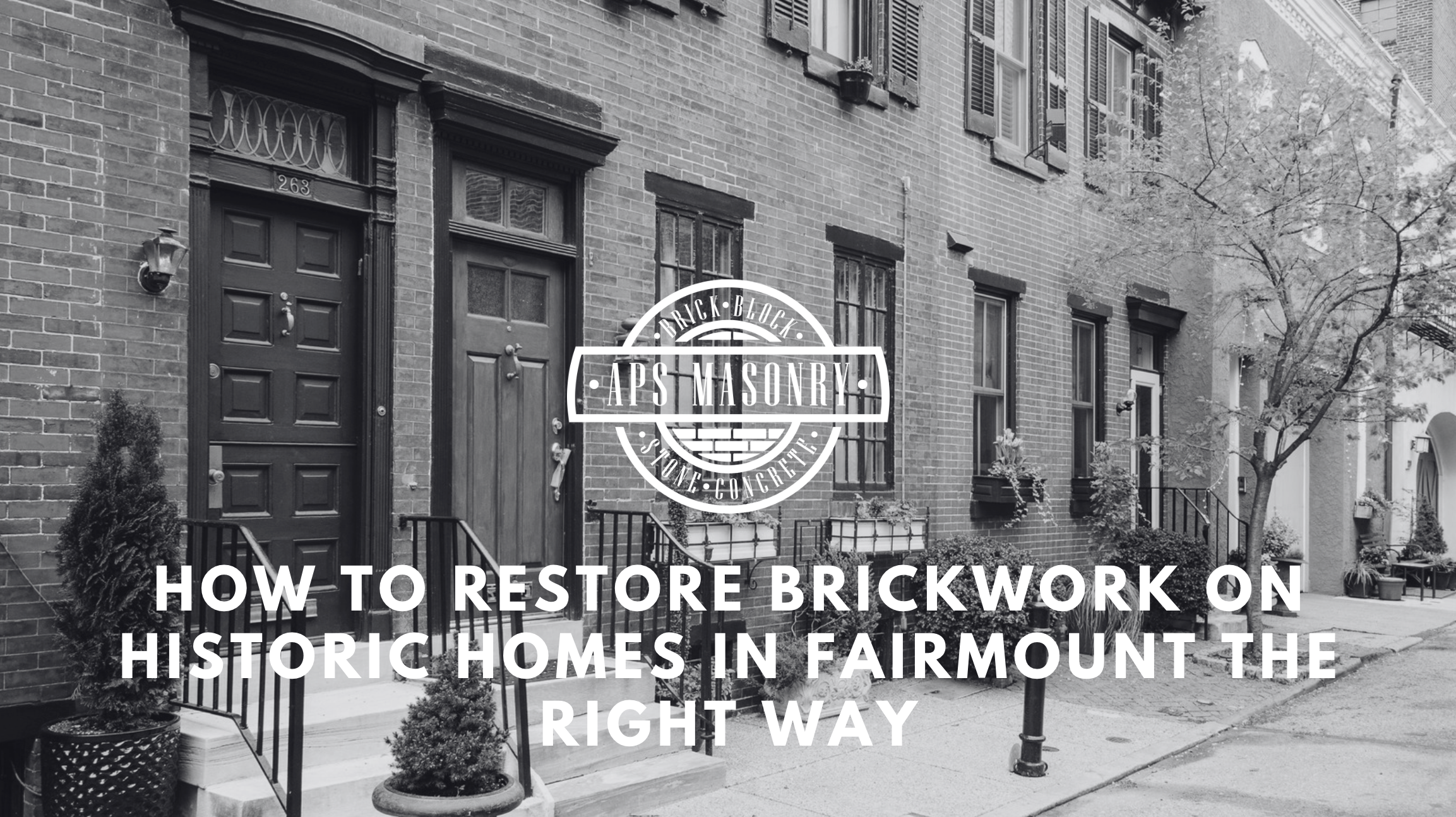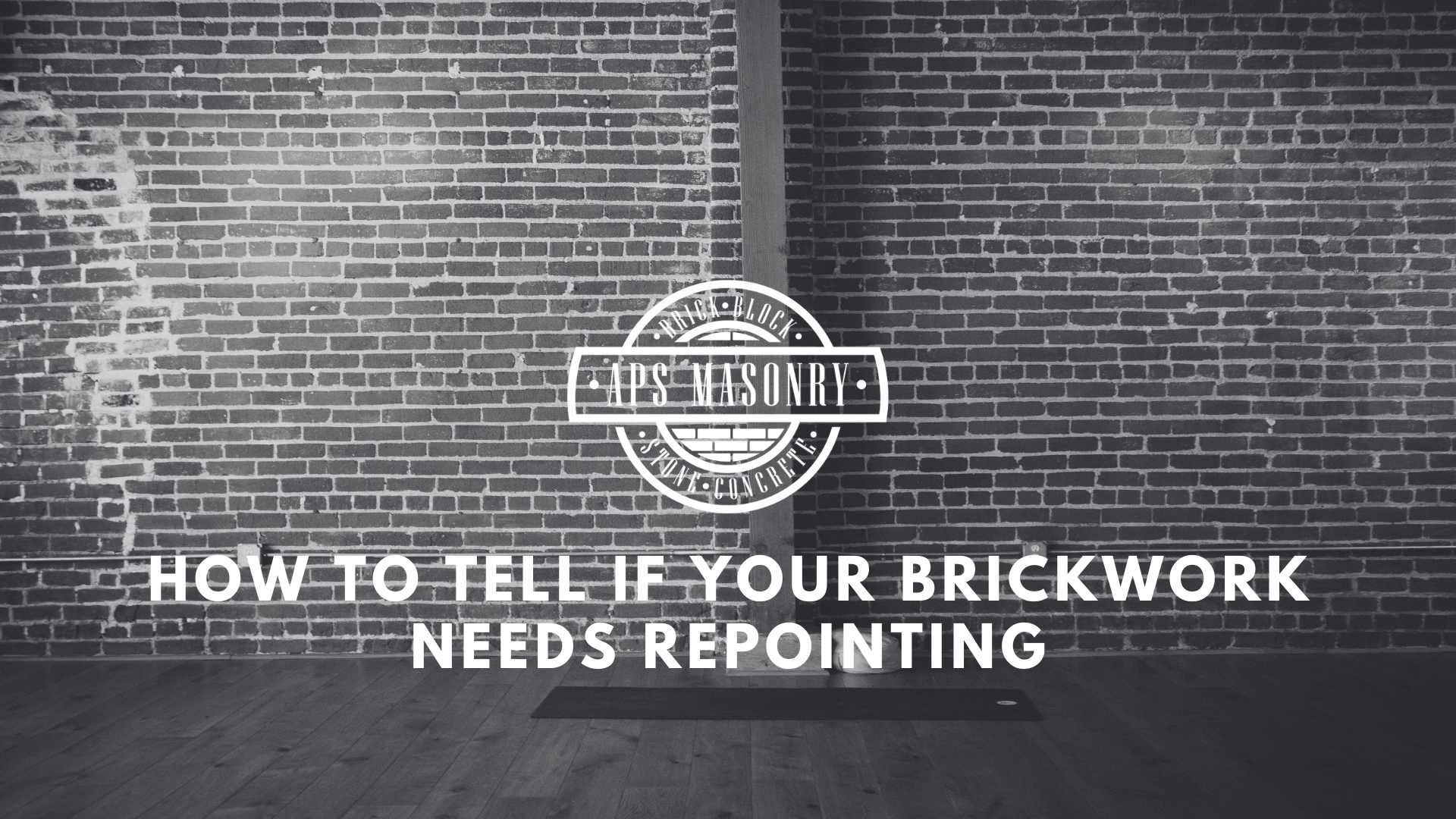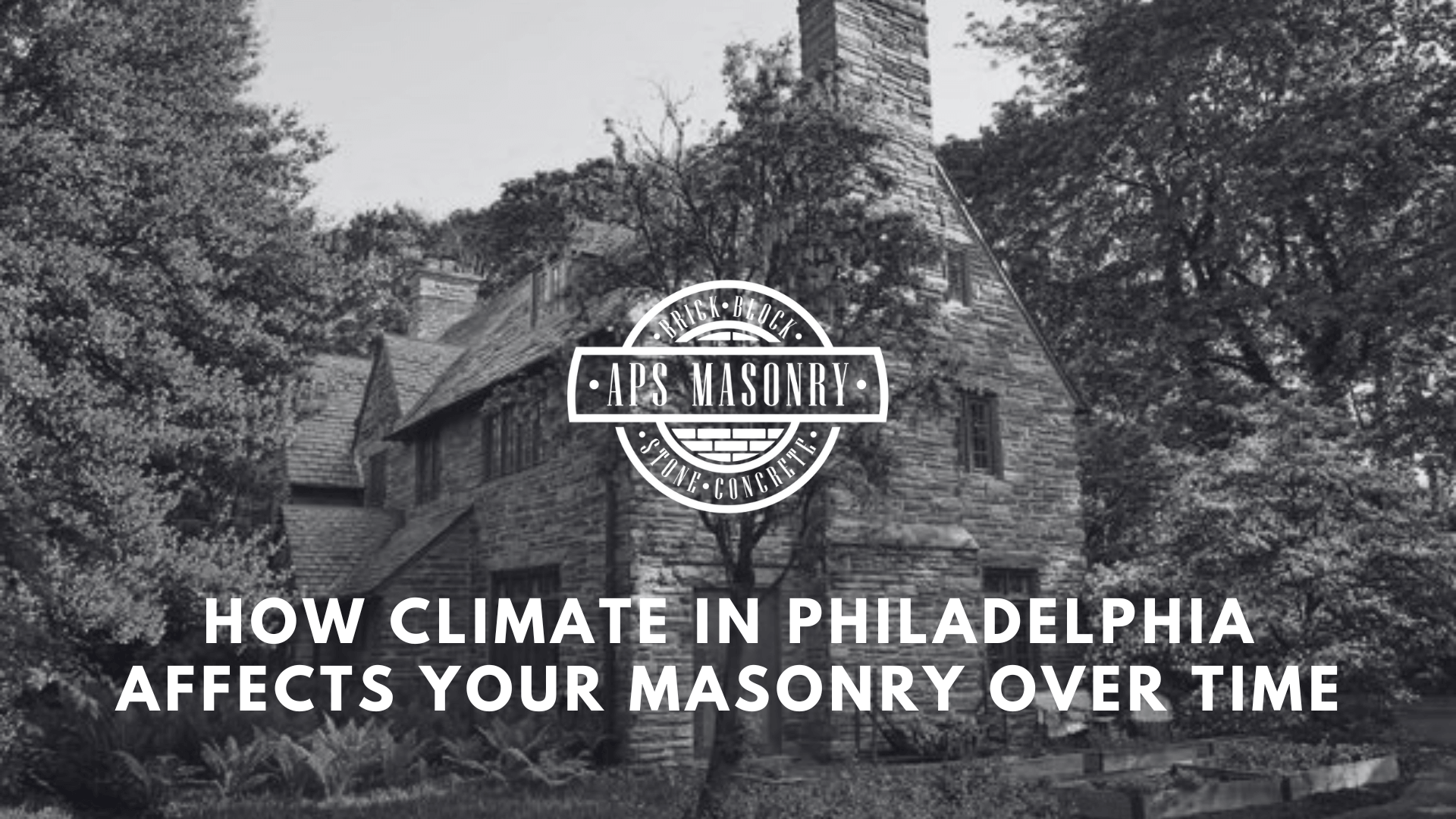When to Repoint Brick in Fishtown
Philadelphia brick is tough. Fishtown brickwork is tougher.
4 min read
 Alec Serowatka
:
Jul 24, 2025 10:11:00 AM
Alec Serowatka
:
Jul 24, 2025 10:11:00 AM

Restoration work in Fairmount succeeds when brick, materials, and technique match the historical home — not modern substitutes or shortcuts.
Historic homes in Fairmount hold their value because the original materials still do their job. Brick, plaster walls, and hand-formed mortar joints have lasted decades because they were built with purpose. Generations of families lived in these properties long before modern siding, adhesives, or off-the-shelf materials existed.
Restoration work respects that history by using proven masonry techniques, not manufactured block or generic filler. Preservation work done at scale protects more than a single house — it stabilizes the neighborhood, protects investment, and supports the preservation workforce that keeps these buildings functioning as designed.
Fairmount restoration companies apply their knowledge directly on-site. Brick is tested. Mortar is matched. Features like windows and door arches are preserved, not replaced. That approach preserves the building’s integrity, performance, and value for the next generation.
Talk to APS Masonry Contracting about restoring the original features of your historical home without compromising structure or character.
Historic brick performs differently than anything manufactured today. It’s softer, more absorbent, and reacts to moisture and temperature changes in ways that modern block doesn’t. Matching the original brick on a Fairmount house means understanding not just the look, but how the material works.
Masonry restoration depends on that knowledge. Crews trained in historic preservation test existing brick, analyze failure points, and decide whether to repair or restore based on real conditions — not guesses. A property owner on Green Street that uses lime mortar repointing to stabilize a rear wall without replacing a single brick could save over $8,000 in materials and protect the original character.
Restoration work done at this level draws on a supply chain of trusted materials, local expertise, and a preservation workforce that’s worked across dozens of historical buildings in Philadelphia and South Philly. When companies work with the right tools and suppliers, they deliver repairs that last across generations, not just seasons.
Preservation is never about copying the past — it’s about working at the same level of care, detail, and function the original team used when they built the house.
Cleaning brick on historical buildings in Fairmount starts with understanding what’s at stake. These aren’t sealed modern walls, rather they’re porous surfaces bonded by lime mortar and surrounded by materials like plaster walls, wood framing, and lead-based paint.
Restoration work in this phase means choosing chemicals, tools, and techniques based on how the brick responds. Teams apply cleaning agents to small test patches, monitor results, and scale only when the surface reacts correctly. That’s standard practice for any company working under preservation alliance oversight in Philadelphia.
A project on Wallace Street could show the impact of doing it right. If the property had decades of soot buildup, but instead of blasting it away, the restoration team uses poultice methods and soft brushes. The brick stays intact, and the homeowner avoids $12,000 in avoidable replacement costs for their historic home.
Preservation work protects more than appearance. It maintains wall structure, prevents moisture intrusion, and avoids structural damage to the house. That level of care supports the story of the building, meets preservation guidelines, and extends the life of the materials without erasing their history.
For repairs, rebuilds, or full-scale masonry projects, APS brings decades of experience to every wall, step, and surface.
Mortar controls how a wall breathes. On a historical home in Fairmount, that function decides whether the brick survives another generation or begins to fall apart. Lime mortar expands and contracts with the seasons. Cement does not. That difference matters at scale.
When restoration work begins on a row of connected properties or older apartments, experts test existing joints and work forward with the right match in color, mix, and tooling. A preservation-focused team might bring in a regional supplier to replicate original aggregate size or sand tone. These materials can’t be improvised. They need to come from people who understand the value of preservation, not speed.
A typical door or window head might show signs of past patching with hardware-store filler. That kind of repair traps moisture and damages both the opening and the surrounding wall. A preservation organization would recommend removing the failed material, testing the original mix, and reinstalling mortar that moves with the building.
Directors overseeing historical building projects across Philadelphia often draw from decades of experience. We know how to repair the wall, but more importantly, how to preserve the structure without changing the character of the house.
Get brick pointing done right with mortar that matches, tools that fit the original joint, and a team that respects the house.
Openings like windows and doors were built into the structure, not added later. On historical buildings in Fairmount, they depend on the brick to hold their shape, shed water, and stay square. If the brick moves, the opening fails.
A solid restoration plan starts with inspection. Look for cracks above the lintels, shifting at the sill, or stress lines where the plaster walls meet the frame. These are signs the masonry isn’t doing its job. Brick that has separated from the opening should be stabilized before any modern fixtures get installed.
In some homes, window arches were built by hand and tied into timber headers. Replacing them without stabilizing the surrounding wall causes damage that spreads. A better approach is to reinforce the area, match the mortar to the surrounding joints, and reinstall the feature with care.
A restored door opening, done right, keeps water out and heat in — not by changing the shape, but by preserving the space the original design allowed. That respect for the structure keeps the house functioning and avoids the cost of repeated repair.
APS Masonry Contracting brings deep experience in historical home restoration across Fairmount and South Philly. The team works directly with original materials, not modern substitutes, and applies restoration techniques designed for long-term performance — not cosmetic fixes.
This approach protects value. A full repointing job, when done with matched mortar and proper tooling, can extend the life of a wall by fifty years or more. That’s money saved on future repair, and a property that holds its integrity. APS restores each section of a building with attention to detail: joints, edges, arches, and features like window and door returns are all preserved, not just patched.
The work draws respect from neighbors and preservation groups because it’s done with purpose. Every line tells part of the story of the house. Changing those lines for speed or ease risks damaging what generations before worked to build.
APS takes that seriously. Our projects stay true to the structure while moving restoration forward — scaled properly, installed carefully, and finished to last. That’s what separates one-off repair jobs from real preservation.
It's time to get your next project started. Our team of professional general contractors and masonry restoration experts meet the area’s highest standards of craftsmanship. Contact us today to get started.

Philadelphia brick is tough. Fishtown brickwork is tougher.

Strong mortar keeps Philadelphia’s brick homes stable, sealed, and built to last.

Philadelphia’s climate applies constant pressure to masonry. Cold, rain, snow, heat, and humidity don’t just age a building—they reshape it.